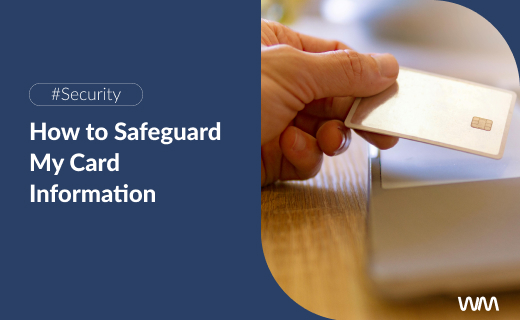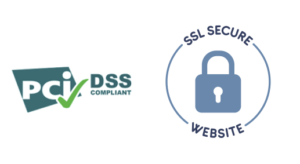How to Prevent Credit Card Information Theft
E-commerce surpassed 13 billion euros during the second quarter of 2021, according to the National Commission on Markets and Competition (CNMC). This figure highlights how entrenched online shopping has become. The ease and immediacy of purchasing online have evolved from a routine to a trend.
However, the advantages of online shopping come with the downside of credit card fraud. Theft of banking data leads to unauthorized purchases in the cardholder’s name. Online commerce has seen a surge in fraudulent transactions, but obtaining these data doesn’t only happen online. Physical theft of credit or debit cards has traditionally been a source of fraud.
Credit card fraud involves using someone else’s banking data without authorization to make purchases or withdraw cash. To prevent such criminal activities, identifying and anticipating suspicious situations can help avoid credit card fraud.
Types of Credit Card Fraud
While the ultimate goal is the same, various methods of credit card fraud can be differentiated. The source of obtaining the data allows us to classify different types of fraud, such as through the internet, phone, or direct theft of the physical card. Although the source varies, the objective remains the same.
To simplify, the main types of credit card fraud include:
- Card Cloning (Skimming): This fraud involves cloning the cardholder’s card using software that extracts the name, card number, and security code. With this information, fraudulent payments can be made in the cardholder’s name.
- Physical Card Theft: This method refers to obtaining someone else’s card through physical theft.
- Online Purchase Scams: Fraudulent emails, fake websites, etc. The variety of online frauds has multiplied. Common methods include phishing scams, smishing, carding, or pharming, where users are tricked into providing sensitive information under the guise of a trusted source.
Tips to Prevent Credit Card Fraud
Naturally, any business wants to create secure and reliable environments for its customers. By doing so, it ensures customer trust and loyalty. On the other hand, consumers need to stay alert to dubious or unsafe situations.
Despite the risks, there are practices that can help prevent fraudulent online purchases:
- Make Purchases Over Secure Networks: Ensure you’re using a secure connection.
- Verify the Website’s Authenticity: Check the credibility of the website before making a purchase.
- Activate and Deactivate Your Credit Card: Enable or disable your card before making a purchase.
- Regularly Check Your Bank Statements: Frequently review your account statements for unauthorized transactions.
- Use Biometric Verification: Integrate fingerprint or facial recognition in your bank app.
- Avoid Writing Down Sensitive Information: Don’t record confidential information in physical formats.
These preventive measures apply both to online shopping and everyday use of credit cards. Regardless of how the card is used, criminals and cybercriminals are always on the lookout.
How to Make Secure Purchases Online
Online shopping is highly appealing to scammers. Cybercriminals devise tricks and schemes to bypass user security. Last year, incidents related to information and communication technologies increased by over 30% compared to the previous year, with the tax and financial sectors being the most affected.
Before making a purchase, follow these steps:
- Avoid Public WiFi for Transactions: Information exchanged over open networks is easily accessible to cybercriminals.
- Compare Prices and Websites: Check prices across different websites to differentiate between a genuine offer and a scam.
- Provide Only Necessary Transaction Data: Be cautious if the website requests sensitive information and use reliable payment methods.
- Identify the Merchant: Recognize the merchant and how they handle your data.
- Look for Trust Seals on Websites: These symbols ensure the e-commerce site’s security.
- Verify Secure Communication Protocols: Ensure that the website uses the secure HTTPS protocol.
What to Do If Your Credit Card Data Is Stolen
If you haven’t prevented the fraud, you’ll need to take further actions. The first step if you’re a victim of credit card fraud is to block your card, either through your bank or your banking app.
After canceling or blocking the card, the next step is to report the incident to the authorities. Only by doing so can you attempt to recover the stolen funds.
Peace of Mind of Secure Payments with Wannme
At Wannme, we understand that without peace of mind, there are no secure payments. That’s why we offer secure payment methods to your customers before they need to act. Wannme integrates the most advanced security systems on the market, including secure card payments.
Trust Wannme as your customers trust the security of your business.
To learn more about Wannme’s anti-fraud control systems, contact us or request a demo with one of our consultants. We’ll be happy to assist you. Contact us.
Follow us on LinkedIn!






